Hi, all—
June is National PTSD Awareness month in the US. As you all know, while the events surrounding the post-traumatic stress that Deputy Kate Holland suffers from in her Hidden Valor series are fictional, I wanted to keep her recovery as realistic as possible. Since cognitive processing therapy is one of the leading forms of therapy for PTSD, that's what I chose for Kate. But the manual that I read to research and prepare for Kate's sessions was written for therapists.
That's changed! Dr. Patricia Resick, the creator of CPT, and others just released a self-guided manual for everyone. Naturally, I immediately ordered the book for Kate. Within minutes of flipping through the pages, I turned to my husband & told him, “I had to give this book away.” For those who need it, it's that life-changing.
When I shared my plan with Dr. Resick, she graciously offered to write a note to you explaining what the manual is & how it's to be used. Who wouldn't want to hear that from her—she's the expert! I've enclosed her letter below. 😁
For current newsletter subscribers: When you've finished, keep reading to enter for a chance to win 1 of 5 paperback copies of Getting Unstuck from PTSD for yourself or to regift to someone you know who could use the assistance within. I'll announce the winners in my July 5th newsletter. I've also included two links for the manual in your More Great Books section, should you prefer to purchase a copy. The first link is from the publisher. (Guilford Press is offering 20% off in June.) The second link is Amazon's.
And now, Dr. Resick's letter to you:
Hi, fans of Candace Irving! I “met” Candace when she contacted me to ask questions about cognitive processing therapy (CPT), the therapy she picked for her protagonist, Kate Holland, to receive over a series of books. I was so excited to answer her questions and consult because so often therapists in movies and books are just so lame! Candace wanted to write about a real therapy that really works. How could I say no to that?
So what is CPT? It is a therapy for PTSD and other accompanying symptoms like depression, suicidal thoughts, and hopelessness. As people improve in their PTSD, they don't need to rely on crutches as much, such as drinking to excess or overeating. CPT doesn’t take long, 5-20 sessions depending on the work that the person with PTSD puts in, like attending all the sessions, hopefully more than once a week, and doing practice assignments every day.
CPT is a cognitive therapy, which means that it focuses on a person’s thoughts about what they have been telling themselves about their trauma, themselves or the world. Your thoughts affect your feelings. If you believe that you did the best you could in a traumatic situation, you might feel sad that it happened; but if you have been telling yourself that it is your fault or that you should have been able to prevent it, you may feel guilt or shame. Sadness or grief are natural emotions that need to be allowed to run their course. Guilt or shame interferes with feeling those natural emotions and undercuts one’s self-esteem and self-trust. A CPT therapist teaches how to examine the facts through asking questions about where the thoughts came from and whether they are accurate.
Thoughts that the person comes back to over and over and prevent the person from recovering and moving on with their life are called Stuck Points. Once someone can come up with an alternative thought that is more balanced and factual, their emotions change too and PTSD symptoms decrease. People receiving CPT learn how to think differently about their traumas and their life through a series of progressive worksheets and examination of important themes (safety, trust, power and control, esteem and intimacy). The goal of CPT is to teach everyone to become their own therapist.
Along those lines, two of my colleagues and I recently published a self-help CPT manual that can be completed without a therapist. Because so many people are unable or hesitant to find a CPT therapist, we wrote this book to help skip the “middleman”, the therapist. It could also be used while on a waiting list for a therapist or after a course of therapy has been completed. The book is called “Getting Unstuck from PTSD: Using Cognitive Processing Therapy to Guide Your Recovery.”
CPT in Getting Unstuck is exactly the same therapy but is not set out as therapy sessions. You can proceed at your own rate. And just like doing therapy with a therapist, you will only get out of it what you put into it. Fill out all the questions and write all over the book if you want. All of the worksheets are also available online through the book publisher so you fill them out online as fillable forms or print out additional copies. There are also whiteboard videos on our website, cptforptsd.com to help you learn how to fill out the worksheets.
Try it and let us know how it goes.
—Patricia Resick
